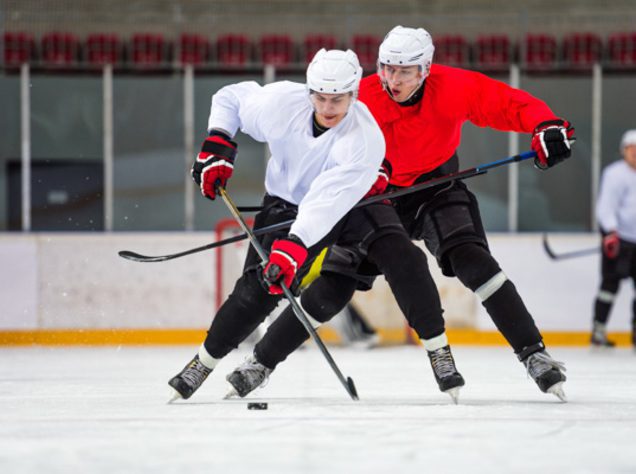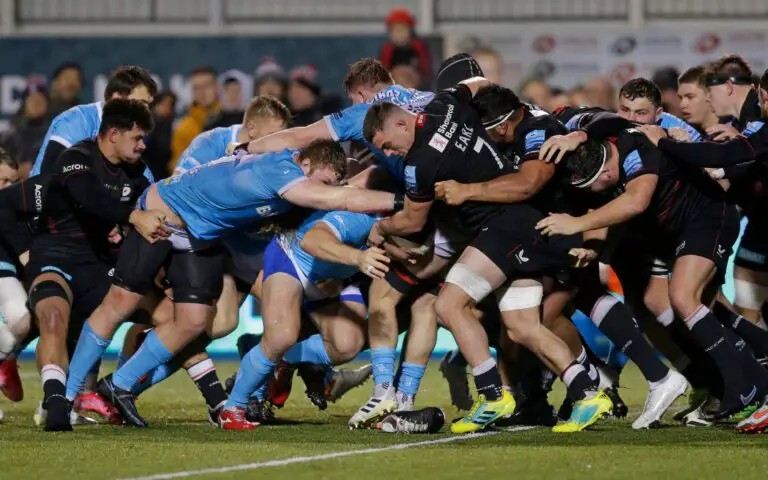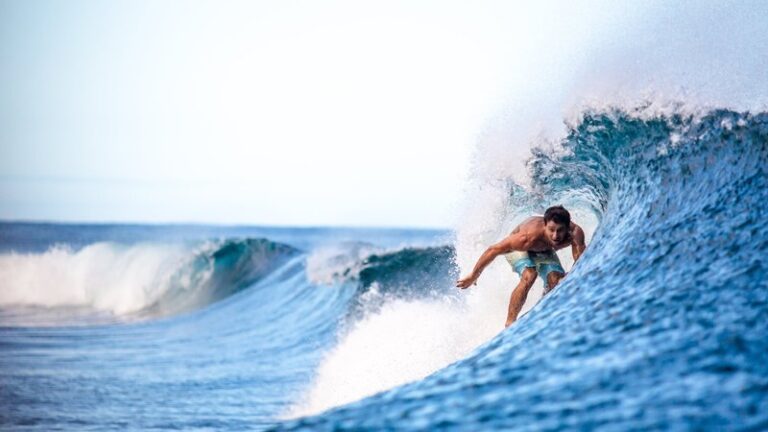What is Offside And Icing in Hockey: Mastering the Rules for Winning Plays

Offside in hockey occurs when an offensive player crosses the opposing team’s blue line before the puck. Icing is called when a player shoots the puck from behind the center line to the other end without being touched.
Understanding these rules is crucial for players and fans to fully enjoy the game. Offside and icing are fundamental aspects of hockey that can have a significant impact on the flow of play and scoring opportunities. By comprehending these rules, both players and viewers can better appreciate the strategic and tactical elements of the game.
We will delve deeper into the concepts of offside and icing in hockey, shedding light on their importance and implications during gameplay.
Offside In Hockey
In ice hockey, offside is a crucial rule that affects the flow of the game. Understanding the concept of offside is fundamental for players, coaches, and fans alike. By knowing what constitutes an offside, the game becomes more engaging and enjoyable to watch. Let’s delve into the key aspects of offside in hockey.
Definition
Offside in hockey occurs when an offensive player enters the opponent’s zone ahead of the puck unless the player has possession and control of the puck before crossing the blue line. This rule aims to prevent unfair advantages and maintain the integrity of the game.
Rules And Penalties
When the offside rule is violated, the play is stopped, and a faceoff takes place at a designated spot outside the offensive zone. For the offending team, this results in a loss of momentum and potential scoring opportunities. It’s crucial for players to strategically time their movements to avoid being offside while still maintaining an aggressive offensive presence. Referees enforce this rule with precision to ensure fair gameplay for both teams.

Icing In Hockey
The term “Icing in Hockey” refers to a rule in the sport where a player shoots the puck from one half of the rink all the way to the other, but it crosses the opponent’s goal line untouched by another player. Let’s dive into the specifics of icing in hockey below.
Definition
Icing in hockey is when a player shoots the puck from one half of the rink to the other without being touched by another player, crossing the opponent’s goal line.
Purpose And Enforcement
- Goal: The purpose of icing is to prevent players from sending the puck down the ice from their defensive zone to gain an advantage.
- Enforcement: When icing occurs, play stops, and a faceoff takes place in the defending team’s zone as a penalty for the offending team.
Key Differences
Offside and icing in hockey are two key differences. Offside occurs when an offensive player enters the attacking zone before the puck. Icing happens when a player shoots the puck from their half of the ice to the far end of the opponent’s side.
Key Differences In hockey, offsides, and icing are crucial rules that impact gameplay dynamics significantly. Context on the Ice – Offsides occur when an attacking player crosses the blue line before the puck. – Icing is called when a player shoots the puck from behind the red line to the opponent’s end. Impact on Gameplay – Offside leads to a stoppage in play and results in a faceoff. – Icing results in a faceoff in the defending team’s zone, giving an advantage to the opposing team.
Frequently Asked Questions For (What Is Offside And Icing In Hockey)
What Is The Offside Rule In Hockey?
The offside rule in hockey states that an offensive player cannot enter the opponent’s zone ahead of the puck.
What Happens When There Is An Offside In Hockey?
When an offside violation occurs in hockey, play is stopped, and a faceoff takes place outside the blue line in the offending team’s zone.
What Is Icing In Hockey?
Icing in hockey happens when a player shoots the puck from behind the center line and it crosses the opponent’s goal line untouched.
What Is The Penalty For Icing In Hockey?
The penalty for icing in hockey results in a faceoff in the defending team’s zone and the offending team’s players are not allowed to make any line changes.
Conclusion
Understanding the rules of offside and icing in hockey is essential for fans and players alike. By grasping these concepts, you can elevate your enjoyment of the game and gain a deeper appreciation for the sport. So, whether you’re new to hockey or a seasoned enthusiast, having a strong grasp of these rules can enhance your overall hockey experience.






